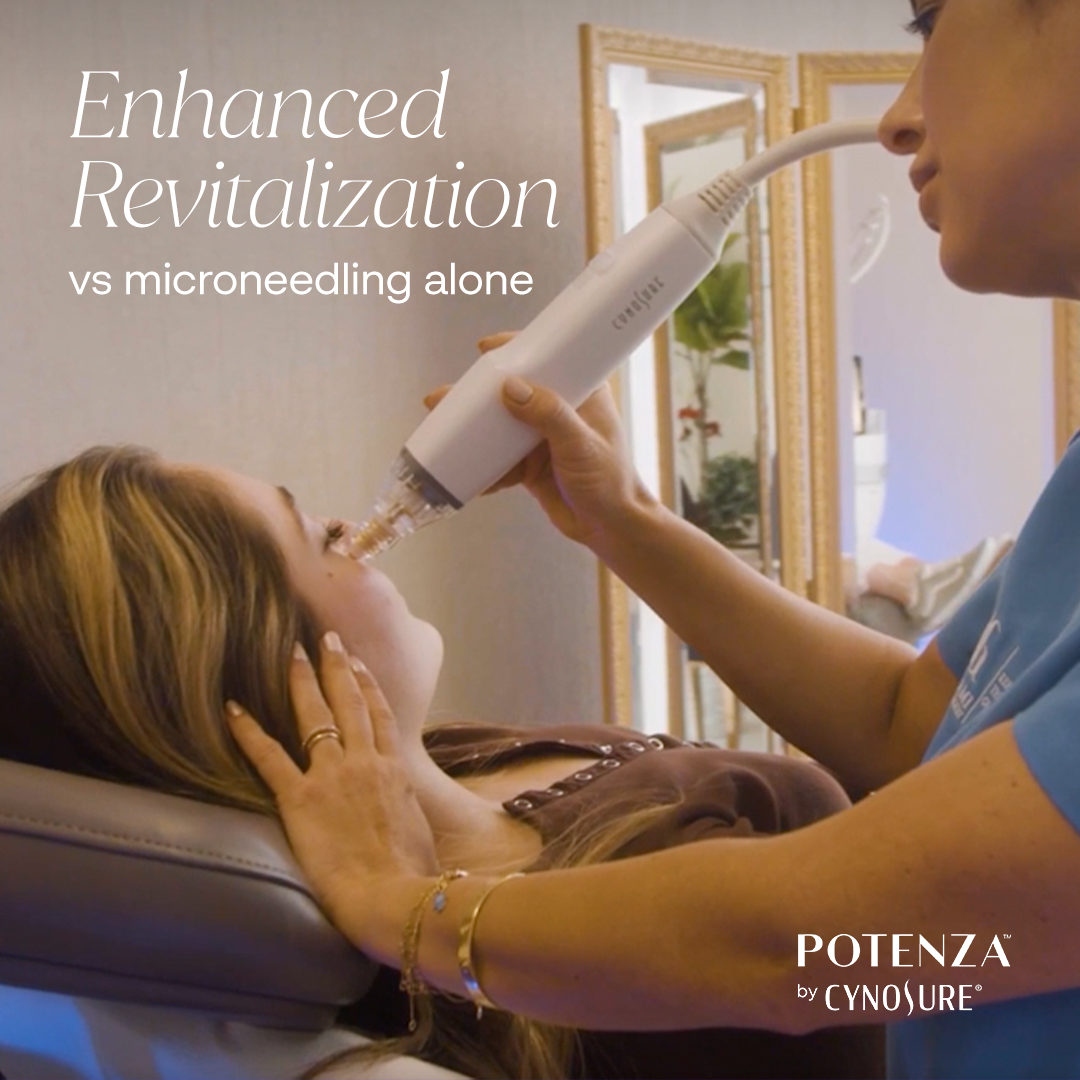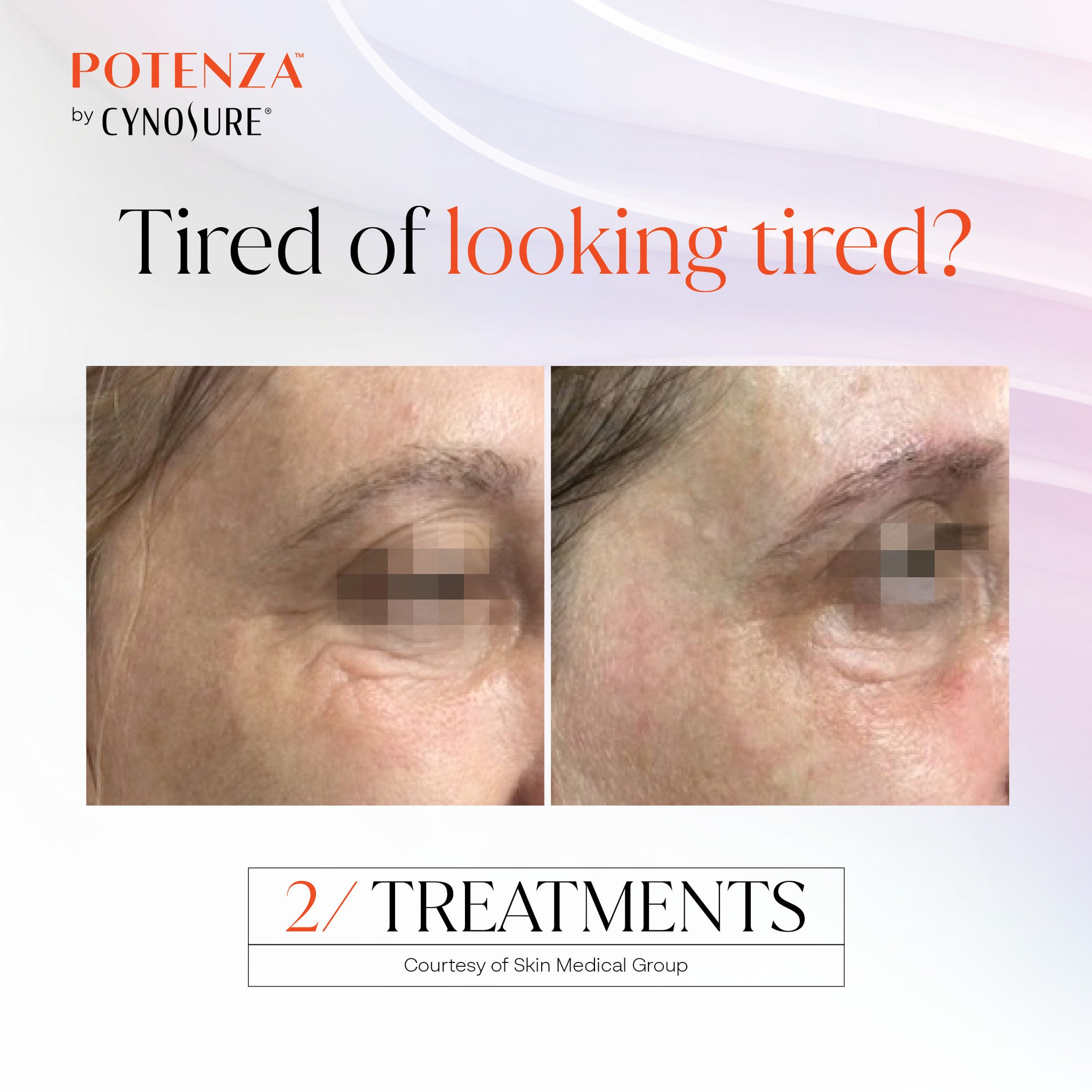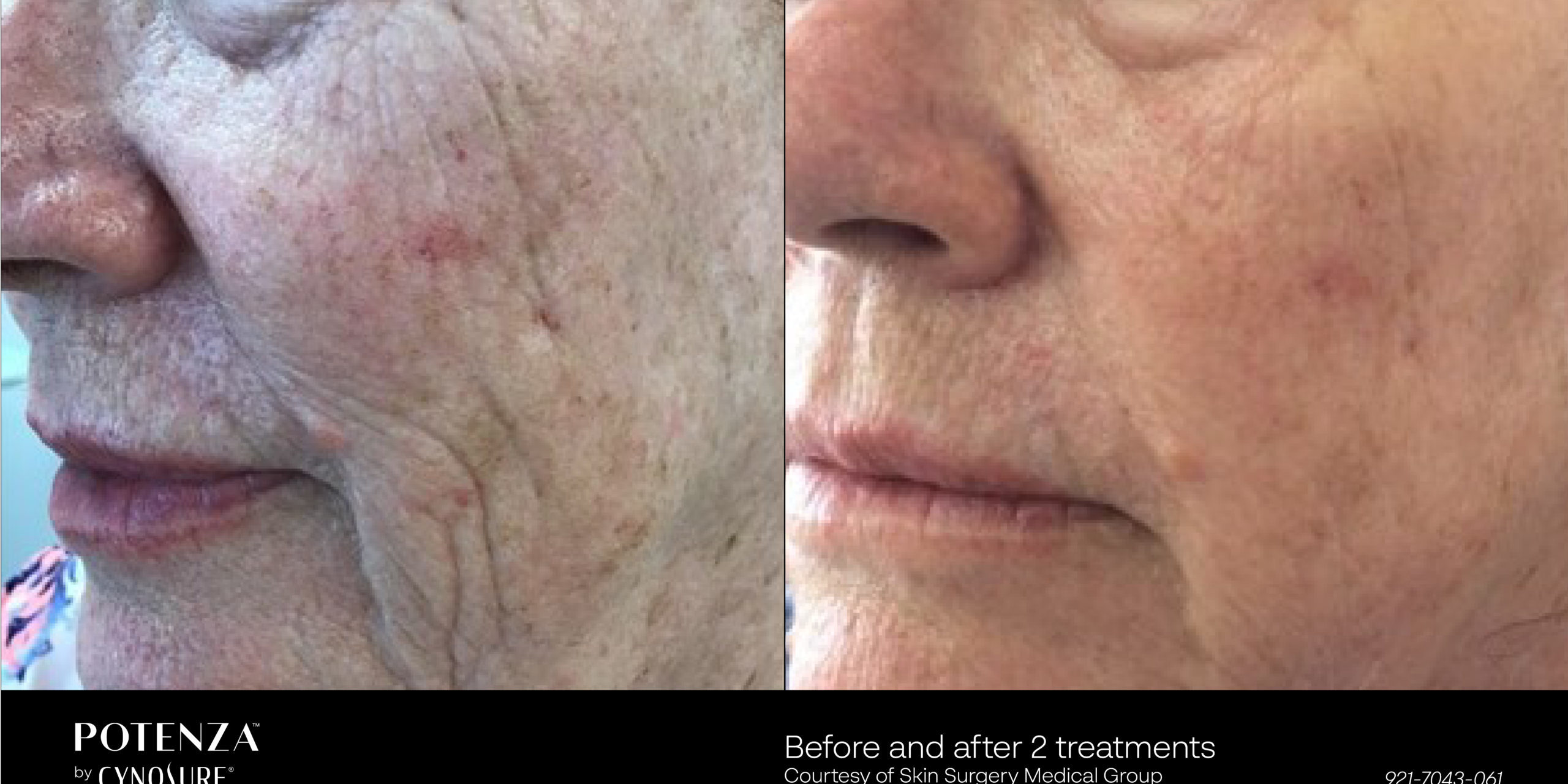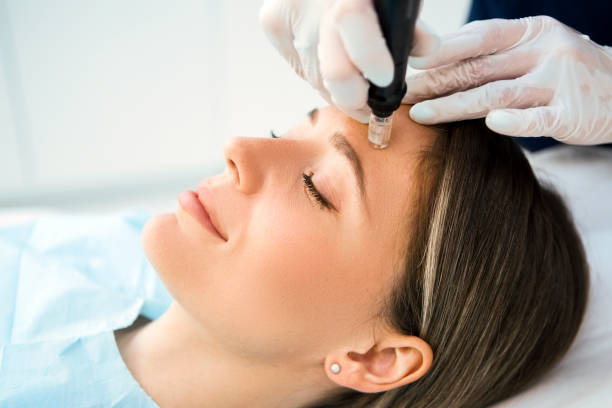Table of Contents
Collagen Induction Therapy: A Comprehensive Guide to Skin Rejuvenation with Microneedling
Introduction to Collagen Induction Therapy
What is Collagen Induction Therapy?
Collagen Induction Therapy, commonly known as microneedling or derma rolling, is a widely practiced cosmetic procedure celebrated for its natural ability to stimulate the skin’s collagen production. This minimally invasive treatment involves creating controlled micro-injuries in the skin’s surface using tiny needles, which trigger the skin’s healing response and promote the growth of new collagen fibres.
The Importance of Collagen in Skin Health
Collagen is a crucial protein that provides structural support to the skin, giving it strength, elasticity, and a youthful appearance. With the natural aging process, the production of collagen diminishes, resulting in the development of fine lines, wrinkles, and loose skin. Collagen Induction Therapy seeks to address these age-related concerns by jumpstarting collagen production and revitalizing the skin.
The Science Behind Collagen Induction Therapy
How Collagen Induction Therapy Works
During the Collagen Induction Therapy procedure, the tiny needles create microchannels in the skin, activating the body’s natural healing process. This process involves the release of growth factors, increased blood flow, and the formation of new collagen and elastin fibres. The newly generated collagen improves skin texture, tightens loose skin, and reduces the appearance of scars and wrinkles.
The Role of Needling in Stimulating Collagen Production
The needling aspect of Collagen Induction Therapy is a critical component. By creating controlled micro-injuries, the body responds by producing collagen as part of the wound-healing process. The microneedles also improve the penetration of topical serums and skin care products, enhancing their efficacy and allowing for targeted delivery of beneficial ingredients.
Benefits of Collagen Induction Therapy
Improving Skin Texture and Tone
One of the primary microneedling benefits is its ability to improve skin texture and tone. The procedure helps minimize the appearance of rough skin, large pores, and uneven skin tone, resulting in a smoother and more refined complexion.
Reducing Fine Lines and Wrinkles
Collagen Induction Therapy effectively reduces the appearance of fine lines and wrinkles. By triggering collagen production, the skin becomes plumper, fine lines are filled in, and wrinkles are smoothed out, creating a more youthful and revitalized aesthetic.
Treating Acne Scars and Stretch Marks
Collagen Induction Therapy proves to be a successful approach in diminishing the appearance of acne scars and stretch marks. By promoting the growth of new collagen, the procedure helps repair and remodel the damaged skin, gradually improving the texture and appearance of scars and stretch marks.
The Procedure of Collagen Induction Therapy
Pre-treatment Preparations
Before undergoing Collagen Induction Therapy, certain preparations are necessary. These include cleansing the skin, avoiding sun exposure, and discontinuing the use of certain skincare products. Additionally, the practitioner may recommend a numbing cream to ensure comfort during the procedure.
The Collagen Induction Therapy Process
During the procedure, a trained professional applies a derma roller or a microneedling device to the skin. The device contains tiny needles that penetrate the skin’s surface, creating controlled micro-injuries. The depth of needle penetration is adjusted based on the treatment goals and the areas being addressed. The duration of the procedure generally ranges from 30 minutes to an hour, with variations depending on the size of the treatment area.
Post-treatment Care
Proper post-treatment care is essential to ensure optimal healing and results. This includes gentle cleansing, avoiding excessive sun exposure, and applying recommended skincare products. The skin may appear red and slightly inflamed immediately after the procedure, but these effects typically subside within a few days.
Risks and Side Effects of Collagen Induction Therapy
Common Side Effects
While Collagen Induction Therapy is generally safe, there are some common side effects that patients may experience. These include temporary redness, swelling, and mild discomfort during and after the procedure. These effects usually subside within a few days, and the skin begins to heal and rejuvenate.
Potential Risks
Although rare, there are potential risks associated with Collagen Induction Therapy. Infection is a possible risk if the treatment area is not properly sterilized or if post-treatment care instructions are not followed diligently. Additionally, individuals with certain skin conditions or those prone to keloid scarring may have an increased risk of adverse reactions. It is crucial to consult with a qualified practitioner to assess the suitability of Collagen Induction Therapy for your specific skin concerns.
Precautions and Contraindications
Individuals who have active skin infections, open wounds, or a background of hypertrophic scarring or keloid formation are advised against undergoing Collagen Induction Therapy. Pregnant or breastfeeding women should also avoid undergoing the procedure, as its safety during these periods has not been extensively studied. It is important to disclose any medical conditions or medications you are currently taking to your practitioner to ensure the procedure’s safety and efficacy.
The Results: What to Expect from Collagen Induction Therapy
How Soon To See Results
The outcomes of Collagen Induction Therapy can differ based on the individual’s unique characteristics and the specific skin issues being targeted. While some patients notice immediate improvements in skin texture and tone, the production of new collagen takes time. Gradual improvements are typically seen over several weeks to months as collagen synthesis continues, with optimal results often visible within three to six months after the treatment course is completed.
How Long Do Results Last?
The longevity of results achieved through Collagen Induction Therapy can vary. Factors such as individual skin health, age, and lifestyle habits contribute to the duration of the outcomes. Collagen Induction Therapy does not halt the natural aging process, and new collagen production gradually declines over time. To maintain and prolong the results, periodic touch-up treatments may be recommended.
Comparing Collagen Induction Therapy to Other Skincare Treatments
Collagen Induction Therapy vs. Laser Treatments
Collagen Induction Therapy is often compared to laser treatments for skin rejuvenation. While both methods stimulate collagen production, Collagen Induction Therapy is generally considered safer for a wider range of skin types and carries a lower risk of complications. Additionally, Collagen Induction Therapy can be performed on areas where laser treatments may be less suitable, such as the delicate skin around the eyes.
Collagen Induction Therapy vs. Chemical Peels
Collagen Induction Therapy differs from chemical peels in terms of the mechanism and depth of treatment. Chemical peels utilize chemical solutions to exfoliate the skin’s outer layers, whereas Collagen Induction Therapy involves creating controlled micro-injuries to induce collagen production. Both treatments have their benefits and can be combined to achieve enhanced results, depending on the individual’s skin condition and desired outcome.
Home Microneedling: Effective or Not?
The Benefits and Limitations
There is a growing trend of at-home microneedling devices that claim to offer similar benefits to professional Collagen Induction Therapy. While these devices can be effective when used properly, there are limitations and risks associated with self-administered treatments. The depth of needle penetration, sterilization of the device, and lack of professional guidance may increase the risk of adverse effects and suboptimal results. Consulting with a skincare professional is recommended to ensure safe and effective treatment.
Risks of At-Home Collagen Induction Therapy
Therapy carries certain risks and precautions that individuals should be aware of. Without proper training and guidance, there is an increased risk of infection if the device or skin is not adequately sterilized. Inaccurate needle depth or improper technique can result in skin damage, scarring, or uneven results. Before attempting at-home Collagen Induction Therapy, it is essential to consult with a skincare professional and carefully adhere to the manufacturer’s instructions.


Q & A
What is microneedling therapy, and how does it work?
Utilizing fine needles, micro-needling therapy, also known as collagen induction therapy (CIT), is a minimally invasive cosmetic procedure that creates controlled skin injuries. These microchannels stimulate the body’s natural healing process, triggering cell proliferation, collagen production, and the formation of new blood vessels. This cascade of events leads to skin repair, improved texture, and reduced pore size.
Are there any side effects or symptoms associated with microneedling treatments?
After microneedling treatments, it is common to experience mild symptoms such as redness, skin irritation, and pin-point bleeding at the treatment sites. These symptoms are temporary and typically subside within a few hours to a couple of days. However, allergic reactions are rare, but it is essential to inform your clinician of any known allergies or sensitivities prior to your appointment.
How long is the recovery time after a microneedling session?
The recovery time after a micro-needling session varies from person to person, but it is generally minimal. Most individuals can expect redness and mild swelling to subside within 24 to 48 hours. It is important to follow your clinician’s aftercare instructions, which may include avoiding direct sun exposure, using gentle skincare products, and applying vitamin-rich serums to aid in the skin’s healing process.
Can microneedling treatments help with reducing the appearance of acne scars?
Indeed, micro-needling treatments have demonstrated effectiveness in diminishing the visibility of acne scars. By creating controlled skin injuries, microneedling stimulates collagen and elastin production, promoting skin repair and remodelling. This process can lead to the improvement of acne scars, minimizing their visibility and creating a smoother skin texture.
Is microneedling an ablative or non-ablative procedure?
Microneedling is considered a minimally invasive and non-ablative procedure. Unlike ablative procedures that remove the top layer of skin, micro-needling creates controlled skin injuries without removing the entire epidermis. This allows for quicker recovery times and reduces the risk of complications associated with ablative procedures.
Who is the ideal candidate for microneedling treatments?
Microneedling is suitable for a wide range of individuals seeking skin rejuvenation and improvement. The ideal candidate may have concerns such as fine lines, wrinkles, acne scars, enlarged pores, or uneven skin texture. It is vital to seek guidance from a clinician or skincare expert to assess the suitability of micro-needling for your individual skin condition and desired goals.
Can microneedling treatments be used to address fine lines and wrinkles?
It has been demonstrated that micro-needling treatments yield positive outcomes in reducing the appearance of fine lines and wrinkles. The controlled skin injury stimulates collagen production, which leads to improved skin firmness and elasticity. Over time, the skin becomes smoother, and the fine lines and wrinkles are visibly diminished.
What is Platelet-rich plasma (PRP), and how is it used in conjunction with micro-needling?
Platelet-rich plasma (PRP) treatment utilizes the patient’s own blood plasma, which is enriched with a high concentration of platelets. PRP contains growth factors that promote tissue regeneration and collagen production. When used in conjunction with micro-needling, PRP is applied to the treated areas, enhancing the effects of micro-needling and further stimulating the body’s natural healing process.
Are home rollers as effective as professional micro-needling treatments?
Home rollers, also known as at-home micro-needling devices, can be used for self-treatment; however, they may not be as effective as professional micro-needling treatments performed by trained clinicians in a clinical setting. While home rollers may provide some benefits, professional micro-needling treatments offer several advantages. Professional treatments use advanced devices, such as the Potenza RF microneedling, which ensures precise and controlled needle depth. Additionally, clinicians have the expertise to customize treatment plans based on individual needs and can provide a sterile and safe environment. It is important to consult with experts in the field to determine the most appropriate treatment approach for optimal results.
How many sessions of microneedling are typically required to achieve the best results?
The number of microneedling sessions required depends on various factors, including the individual’s skin condition, treatment goals, and the clinician’s assessment. Generally, to achieve optimal results, it is advised to undergo a series of three to six sessions, with intervals of four to six weeks between each session. However, the specific number of sessions may vary, and a customized treatment plan will be established during your consultation with the clinician.
Can microneedling treatments be used for hair loss or to stimulate hair growth?
Microneedling treatments have shown promise in stimulating hair growth and addressing certain types of hair loss. The micro-needling process creates micro-channels in the scalp, promoting increased blood circulation and the delivery of essential nutrients to the hair follicles. This can potentially stimulate dormant hair follicles and promote hair regrowth. However, it is important to consult with a clinician experienced in hair restoration to assess your specific condition and determine if micro-needling is an appropriate option.
Do microneedling treatments help with reducing the size of pores?
Yes, microneedling treatments have been found to help reduce the size of pores. By stimulating collagen production and promoting skin repair, micro-needling can improve skin texture and tighten the skin. This can result in a reduction in the appearance of enlarged pores, leading to a smoother and more refined complexion.
Are there any vitamins or topical products that should be used in conjunction with microneedling treatments?
The use of certain vitamins and topical products can complement microneedling treatments and enhance the results. Vitamin C is recognized for its antioxidant properties and its involvement in collagen synthesis. Applying vitamin C serums after microneedling can help boost collagen production and promote skin healing. Hyaluronic acid-based products can also be beneficial for hydration and skin plumping. However, it is essential to consult with your clinician or skincare expert to determine the most suitable products for your specific needs.
Can micro-needling treatments be performed on all areas of the body, including the face, neck, and body?
Yes, micro-needling treatments can be performed on various areas of the body, including the face, neck, and body. The procedure is versatile and can be tailored to address specific concerns in different areas. Whether you are seeking to improve the texture and appearance of facial skin, reduce the appearance of stretch marks on the body, or address signs of aging on the neck, micro-needling can be adapted to suit your individual needs. Your clinician will determine the appropriate treatment approach based on the area being treated and your desired outcomes.



